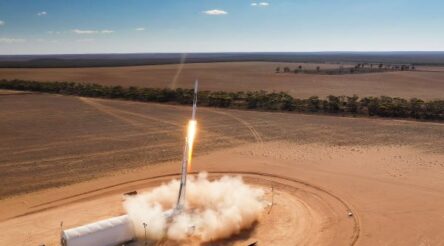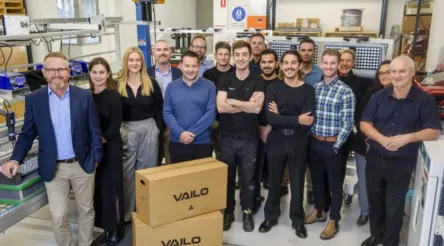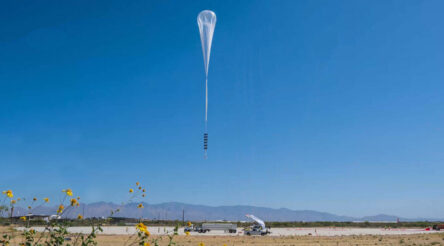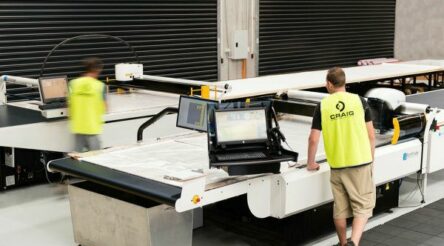Husic reveals NRF fund details
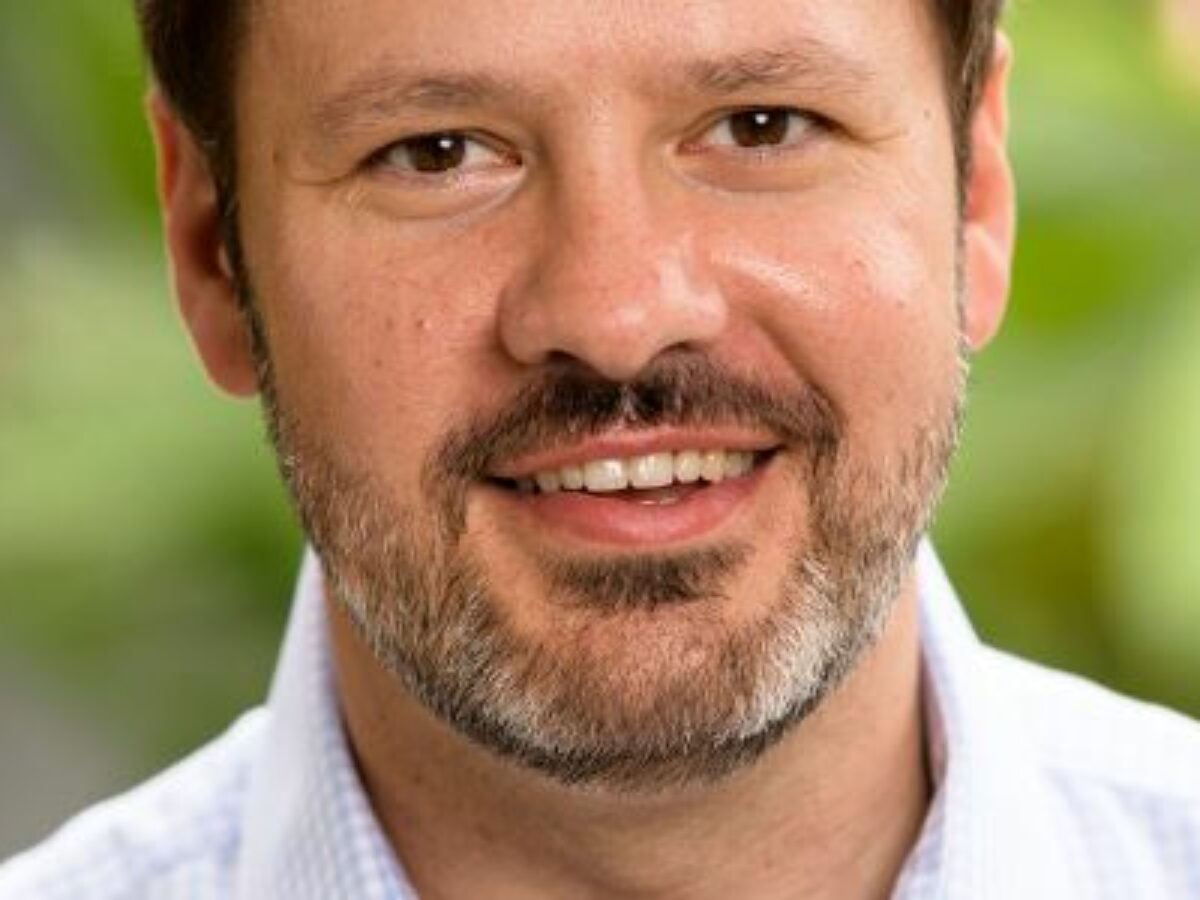
Industry minister Ed Husic has given more details of the operations of the government’s proposed National Reconstruction Fund and the reasons behind the fund which the government took to the recent federal election.
Speaking at the UBS Australasia conference, Husic said the pandemic exposed serious deficiencies in Australia’s economy, bringing to light the fact that Australia was not fully equipped when it comes to its capacity to secure the things it needs.
Husic said: “It also underlined that our manufacturers – once the pride of the nation – were finding it difficult to be competitive globally, especially, when it comes to innovation and technology.
“We were starting to be left behind. This is reflected in our drift down the Harvard Economic Complexity rankings, from a modest 55th in 1995, we have sunk to 91st globally.”
Husic said boosting existing industries – and building new ones – represented an opportunity for Australia, but doing that needed vision – hence Labor’s $15 billion National Reconstruction Fund.
“The $15 billion NRF will co-invest in projects that help grow the economy, build capability and create jobs, including by partnering with others – such as venture capital, private equity and institutional investors.
“This is very much a co-investment fund – patient capital that can be put to work – and through collaboration de-risk propositions that might have been passed over as an investment.”
Husic said the key design features of the NRF were:
- Governed by an independent Board using the very successful model that Labor created through the Clean Energy Finance Corporation (the CEFC)
- Like the CEFC, it will be well funded – in the case of the NRF, $15 billion
- It will be empowered to invest through a combination of loans, equity, co-investment and guarantees
- And the Fund is expected to provide a positive return for taxpayers.
Husic said the government identified seven priority areas for the NRF to invest.
“Value-add in resources; value-add in the agriculture, forestry and fisheries sectors; transport; medical science; renewables and low emission technologies; defence capability; and enabling capabilities (which could include quantum, robotics, AI and the like).”
But Husic said Australia had a number of advantages which could create manufacturing opportunity.
“Australia mines everything we need to make batteries. Everything. If we mine it here, we should make it here. Why not?
“Let’s value add in resources. Let’s expand our mining science technology. Let’s make sure a greater share of the raw materials we extract are processed here in Australia.”
Husic said there was other ‘obvious stuff’.
“Components for wind turbines. As I said before, making batteries here. Solar panels. Modernising steel and aluminium. Hydrogen electrolysers.”
He also said it was necessary to invest in enabling capabilities – in quantum, in AI, in robotics and advanced manufacturing.
Picture: Ed Husic
Topics Manufacturing News
@aumanufacturing Sections
Analysis and Commentary Awards Defence Manufacturing News Podcast Technology Videos







